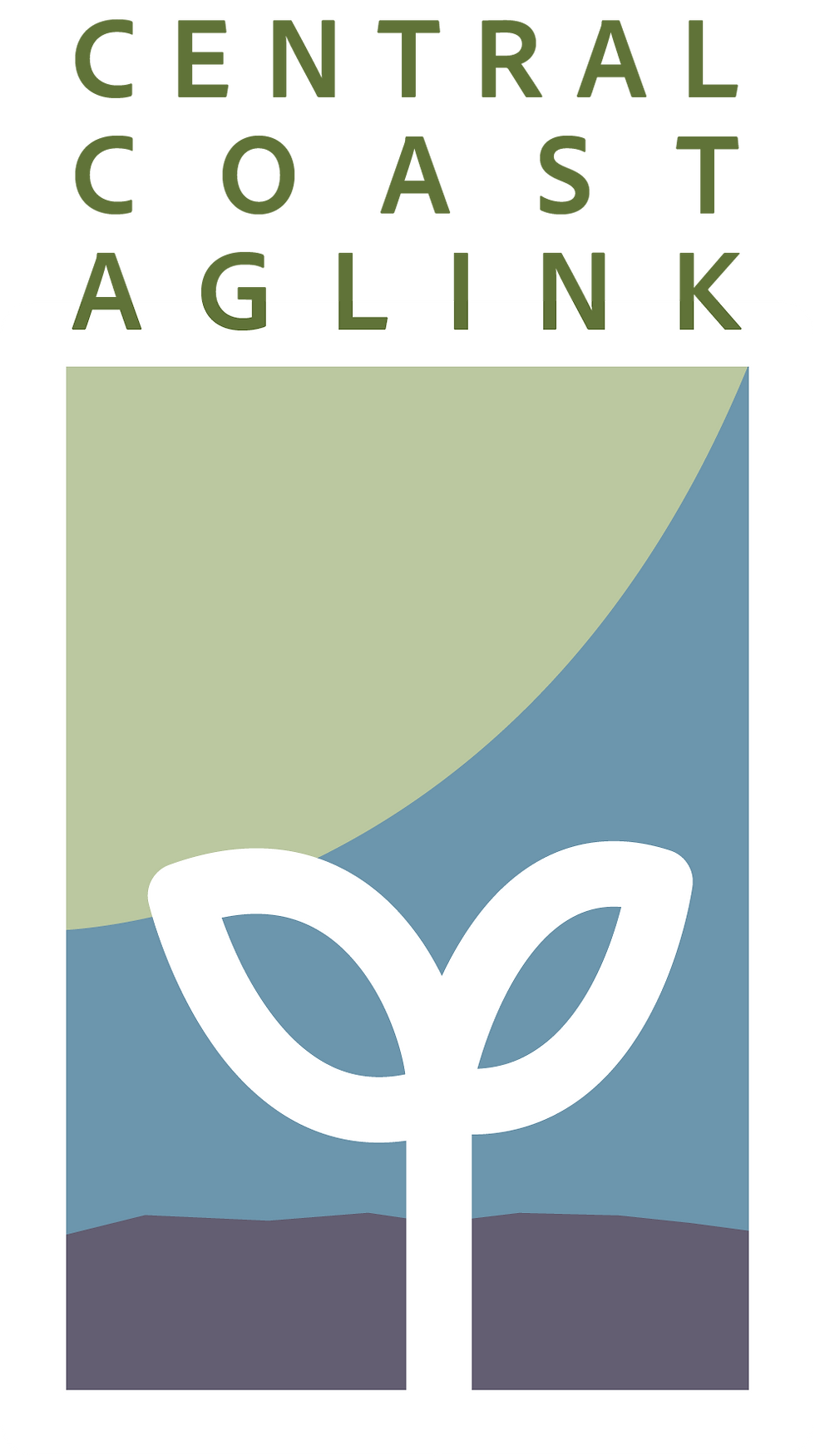Rooted and Rising: How Central Coast AgLink Is Weaving a Region Together
- Matthew Whitney

- Sep 17
- 4 min read
California’s Central Coast isn’t just golden sunsets and perfect surf. Beneath the rolling hills and coastal fog lies a hardworking agricultural backbone. From vineyards kissing the Pacific to organic veggie farms stretching toward the horizon, this land feeds people and livelihoods across California and beyond. But despite the bounty, farmers and ranchers across Santa Barbara, Ventura, and San Luis Obispo counties often face a harsh reality: they’re routinely overlooked and left without clear information when it comes to accessing funding, technical assistance, and resilience support.

That’s where Central Coast AgLink (CCAL) steps in. Launched at the end of June 2025 by the Community Environmental Council (CEC), an environmental advocacy nonprofit in Santa Barbara, CCAL is a new program that helps bridge that gap. It was the main long-term project of my service year at the CEC, and it’s incredibly rewarding to see it come to fruition. Even in its early days, it’s already shown that it has legs to make real change.
CCAL is a streamlined platform designed to connect producers with the funding, resources, and partner organizations they need. This aid comes into play not months from now, but right when they need it. And it does more than just point folks to a website; it walks with them through the process, helps decode government grant applications, and makes sure no land steward falls through the cracks.
For producers interested in getting involved, the process starts with a simple two-minute intake form. It doesn’t ask for much, just basic contact information, a zip code, and a quick check of the boxes that align with a grower’s interests. The options reflect the kinds of support farmers are often seeking: soil health, irrigation improvements, pollinator and wildlife habitat support, solar and energy efficiency, grazing and land planning, or simply staying informed through workshops and events. There’s even space to say “all of the above” or “not sure,” recognizing that many folks are still figuring out what’s possible for their land. From there, the program and the CEC team links them to the most relevant conservation professionals, Resource Conservation Districts, and financial opportunities.
And it’s working. Within weeks of its launch, over 35 producers had signed up. This number isn’t forged out of curiosity, but out of real need. Word spread fast, especially in regions where small producers rarely have time to sit down and navigate dozens of funding streams. Suddenly, it feels like someone has their back.
The impacts are already taking root across the Central Coast. In Avila Beach, a local vineyard is transforming rugged terrain into a thriving pollinator haven and carbon sink. In Lompoc Canyon, Megan and Jeremy Raff’s Dare 2 Dream Farm—already home to lavender, chamomile, chickens, and bees—is preparing to plant native species across their entire 40-acre property with help from CCAL, turning the whole farm into a pollinator paradise. Near Summerland, Leslie Person Ryan of Sweet Wheel Farm is piloting cutting-edge, CEC-supported water-harvesting technology that pulls moisture from the air—an irrigation solution that would have been financially out of reach without assistance.

From water-saving irrigation to habitat restoration, these may seem like modest efforts, but each one is a meaningful step forward. Season after season, these projects ripple outward, strengthening ecosystems, conserving vital resources, and showing that climate-smart, regenerative farming can thrive when farmers are equipped with the right tools and support. The Central Coast needs this. Climate stressors are intensifying. Drought, wildfire risk, and biodiversity loss don’t respect county lines. CCAL isn’t another one-size-fits-all program. It’s grounded in local relationships and real listening. Beyond direct support to producers, CCAL also strengthens the web of collaboration across the region. It deepens partnerships between Resource Conservation Districts, nonprofits, land trusts, universities, tribal organizations, and local agencies. It offers a response that feels local and collective.
Every project supported through the program becomes part of a larger fabric: more resilient soils, more efficient water use, more connected producers. The economic impact is also real. When producers can tap into grant funds and conservation incentives, they can reinvest in their operations, hire local contractors, and build long-term stability for their communities.
But perhaps the most exciting thing about CCAL is its potential to cultivate something deeper… a sense of belonging. There’s power in knowing you’re not alone in trying to steward our treasured land, that you’re part of a regional movement working toward a shared vision of sustainable agriculture.

The Central Coast has long been a hub for innovative farming, from legacy ranchers to next-generation agroecologists. It’s a region where old knowledge meets new practice, where land and culture are tightly braided together. CCAL doesn’t replace that energy; it channels it, making it easier for producers to act on their stewardship goals and to find others doing the same.
Central Coast AgLink is an invitation, not just a resource. An invitation to grow stronger, together. Because when the land thrives, so does the community. And that’s what resilience really looks like.





Comments